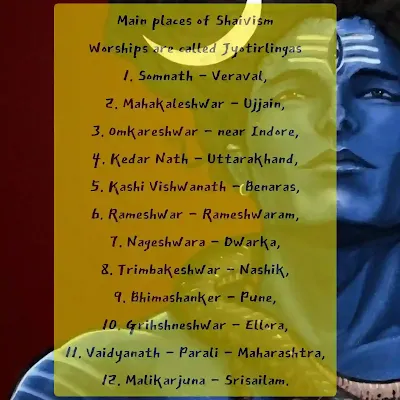Followers of Shiva believe him to be "All in All": a creator, preserver and destroyer; independent of any other God. They are more attracted to asceticism then adherents. It was first time in Svetasvatara Upanishad (400 BC to 200 BC) that emphasis was changed from Brahman to personal Ishvara who is said to be manifested Brahman. This Upanishad was the first hint of theist in character and identified Supreme Brahman with Rudra. Shaivism saw rapid expansion in 200 CE to 500 CE periods starting from South India and going up to all parts of the subcontinent. The volumes of Puranic literature, through singing, writing and reading, fuelled this expansion further. Shaivites believe in 'Vairagya' more than others.
Many prominent rulers of ancient India such as the Kushans, the Guptas, the Barasivas, the Satavahanas and the Cholas were ardent worshippers of Shiva. The Barasivas played an important role in preserving many ancient traditions of Shaivism, at a time when Buddhism was on the rise. Apart from the Indian subcontinent, Shiva was also worshipped in other parts of the world such as Nepal, Sri Lanka, Malaysia, Singapore, Cambodia and Indonesia.
There are many sub-sects with in Shaivism. While they all acknowledge Lord Shiva as the Supreme Deity. They differ from one another in respect of other details such as the modes of worship, nature of Brahman, the nature of individual soul, the relationship between the two, the nature of reality and the means to liberation. These schools of Shaivism primarily fall under one of the three schools of Hindu philosophy, namely Advaita (monism), Vishishtadvaita (qualified monism) and Dvaita (dualism). Of the few sects that survived the vicissitudes of time, the following five are the most prominent; 1. Pashupata Shaivism, 2. Kashmiri Shaivism, 3. Siddha Shaivism, 4. Gorakhnatha Shaivism, and lastly 5. Vira Shaivism which have their own pockets of influence in different parts of India. Practitioners apply tilak on forehead with three horizontal strips for unique identification.
Main places of Shaivism worships are called Jyotirlingas which are situated at 1. Somnath - Veraval, 2. Mahakaleshwar - Ujjain, 3. Omkareshwar - near Indore, 4. Kedar Nath - Uttarakhand, 5. Kashi Vishwanath - Benaras, 6. Rameshwar - Rameshwaram, 7. Nageshwara - Dwarka, 8. Trimbakeshwar - Nashik, 9. Bhimashanker - Pune, 10. Grihshneshwar - Ellora, 11. Vaidyanath - Parali - Maharashtra, 12. Malikarjuna - Srisailam.
Pashupatinath at Kathmandu, Nepal is another big place for Shiva devotees and that temple is counted as half Jyotirlinga with other half being Kedar Nath. Kashi Visawanath at Benaras is considered one of the holiest places and. is mentioned as one of the Padal Petra in Thevaaram (the famous Tamil poetry for praises of Shiva).

Post a Comment
Do not post any spam link here.